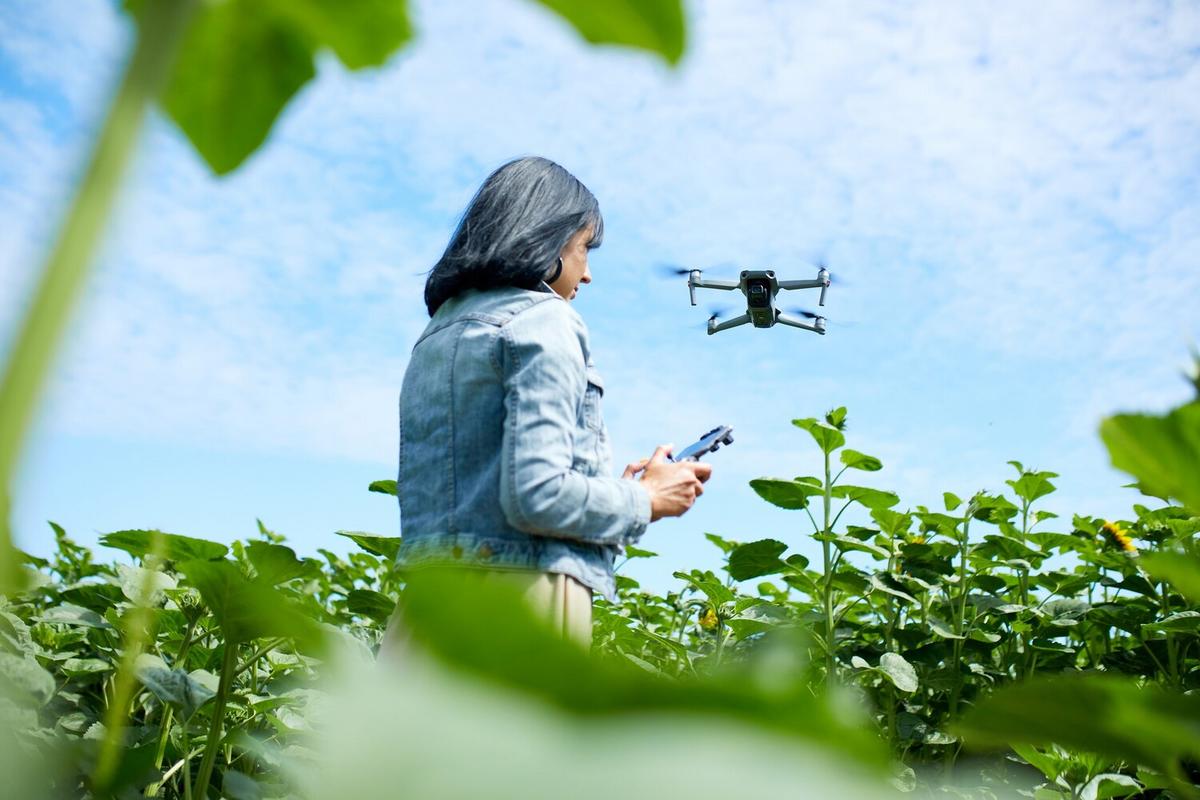
Smart Farming: Technology Meets Sustainability in Agriculture
The intersection of technology and agriculture is paving the way for a more sustainable future in farming. As global populations rise and climate change impacts traditional agricultural practices, smart farming emerges as a beacon of innovation and sustainability.
Smart farming, also known as precision agriculture, leverages cutting-edge technology to optimize agricultural processes, reduce waste, and increase productivity. This approach integrates the Internet of Things (IoT), data analytics, and automation to create a more efficient farming system. According to a report by the Food and Agriculture Organization, precision agriculture can increase crop yields by 20% while reducing input costs by 30%.
Technological Innovations in Smart Farming
Technological advancements like drones, sensors, and satellite imagery are transforming how farmers manage their crops and livestock. Drones equipped with cameras provide real-time data on crop health, while soil sensors monitor moisture levels to optimize irrigation. As agricultural expert Dr. Alex Thompson states, “The ability to collect and analyze data allows farmers to make informed decisions, leading to more sustainable farming practices.”
Real-Life Examples of Smart Farming
Consider the case of Green Acres Farm, which implemented IoT sensors to monitor soil conditions and automate irrigation systems. This change not only conserved water but also improved crop yields by 15%, showcasing the tangible benefits of smart farming technologies.
Actionable Tips for Farmers
- Invest in soil sensors to optimize water usage.
- Utilize drones for aerial crop monitoring and data collection.
- Adopt farm management software for data analysis and decision-making.
Integrating technology can seem daunting, but starting with small, manageable steps, like implementing a single sensor system, can make the transition smoother and more effective.
Benefits of Smart Farming
The benefits of smart farming extend beyond increased productivity. These technologies promote environmental sustainability by reducing the need for chemical inputs and minimizing waste. Furthermore, smart farming practices enhance food security by ensuring a stable supply of agricultural produce.
Comparison Table: Traditional vs. Smart Farming
| Aspect | Traditional Farming | Smart Farming |
|---|---|---|
| Water Usage | High | Optimized |
| Crop Yield | Variable | Consistent |
| Resource Efficiency | Low | High |
| Labor Intensity | High | Reduced |
| Environmental Impact | High | Lower |
| Data Utilization | Minimal | Extensive |
| Pest Management | Chemical-based | Data-driven |
| Cost Efficiency | Lower | Higher |
Frequently Asked Questions
What is smart farming?
Smart farming involves using technology such as IoT, data analytics, and automation to enhance agricultural efficiency and sustainability.
How does smart farming benefit the environment?
Smart farming reduces waste and resource usage, thereby lowering the environmental impact of agricultural activities.
Can small-scale farmers benefit from smart farming?
Yes, small-scale farmers can adopt specific smart technologies suited to their needs, improving productivity and sustainability.
Conclusion
Smart farming represents a significant step forward in sustainable agriculture, offering numerous benefits for productivity, resource conservation, and environmental health. By integrating technology into farming practices, we can create a more sustainable food system capable of meeting the needs of a growing global population. Farmers are encouraged to explore and gradually implement smart farming technologies to reap these benefits and contribute to a more sustainable future.


